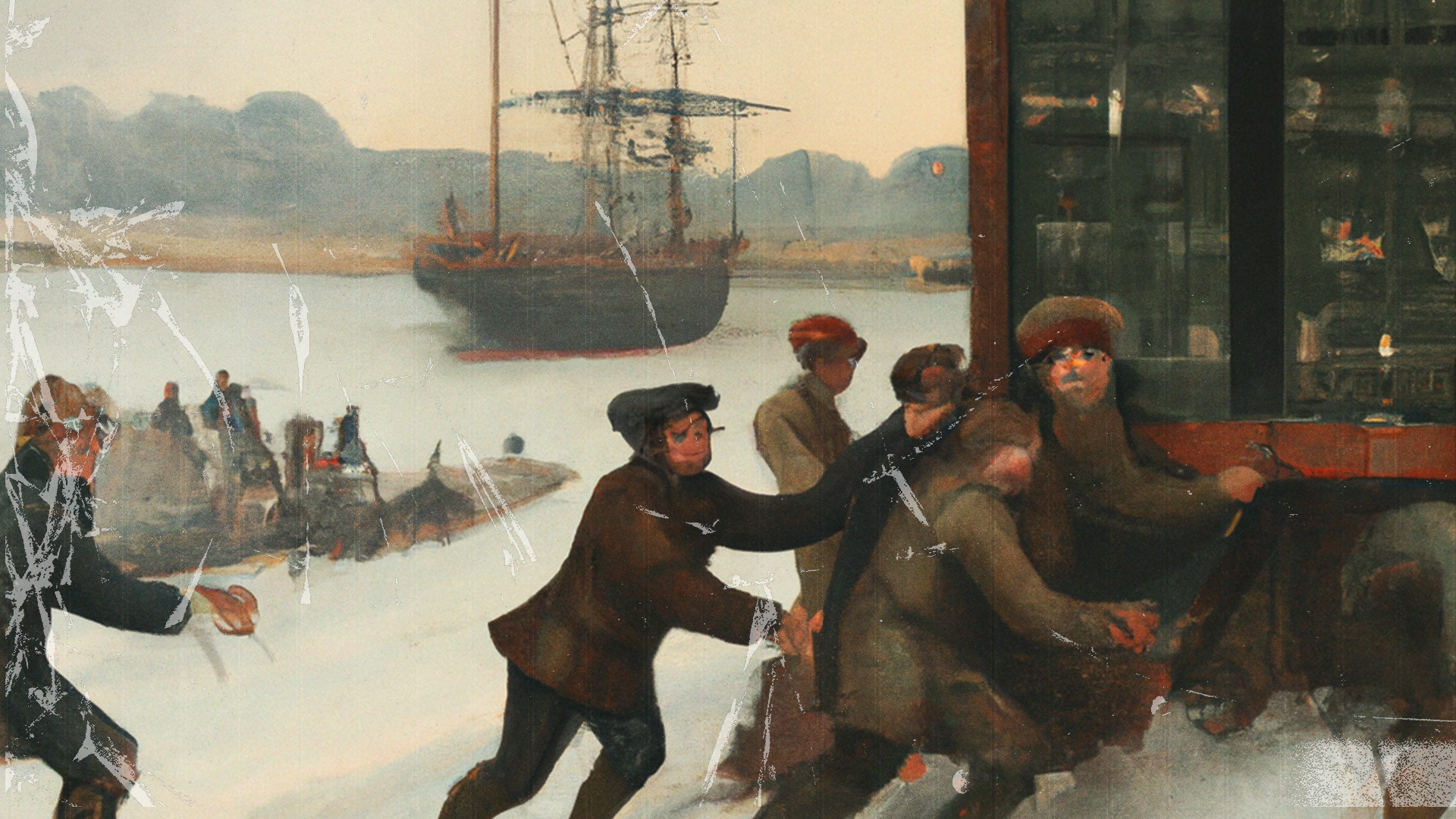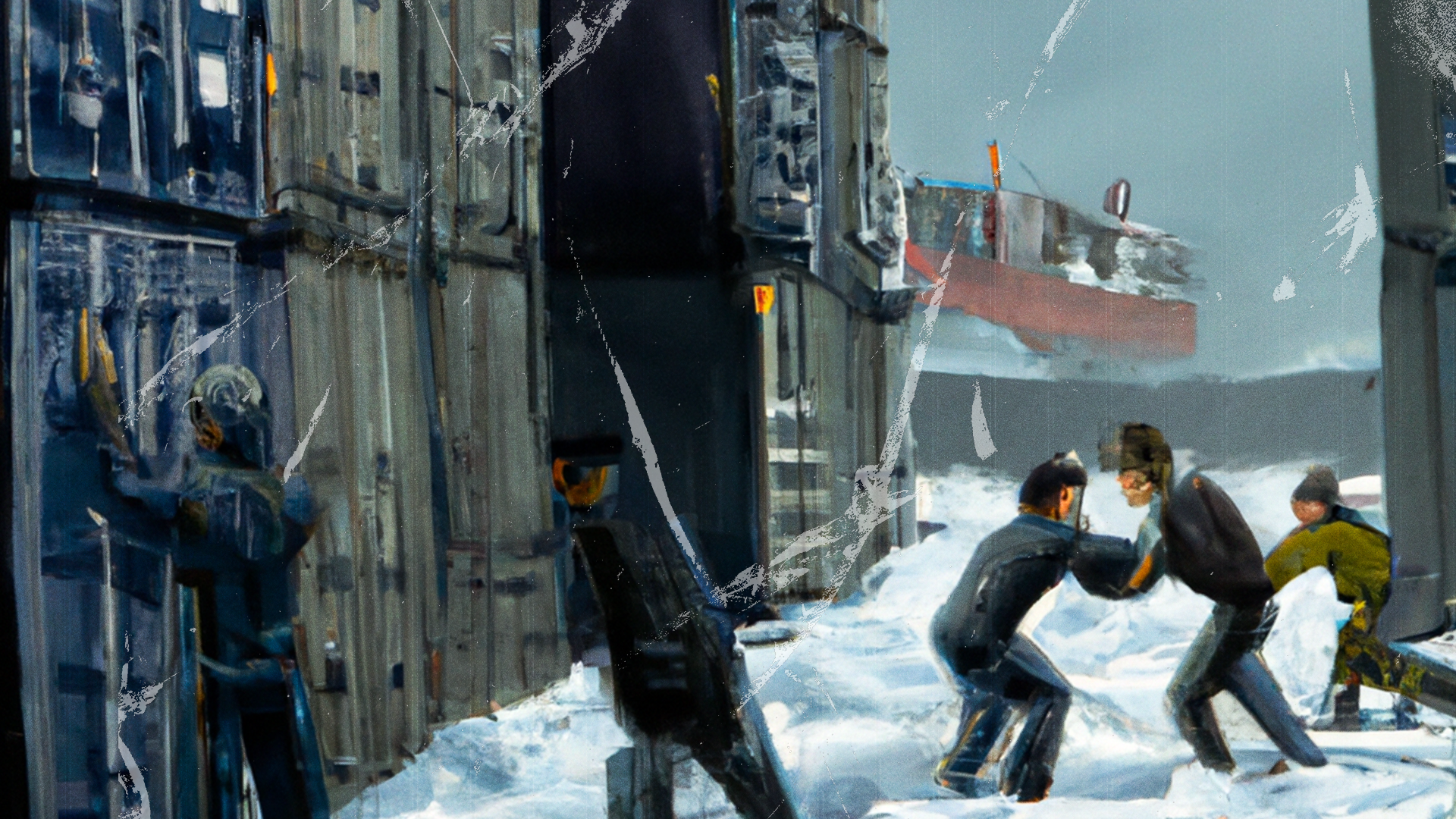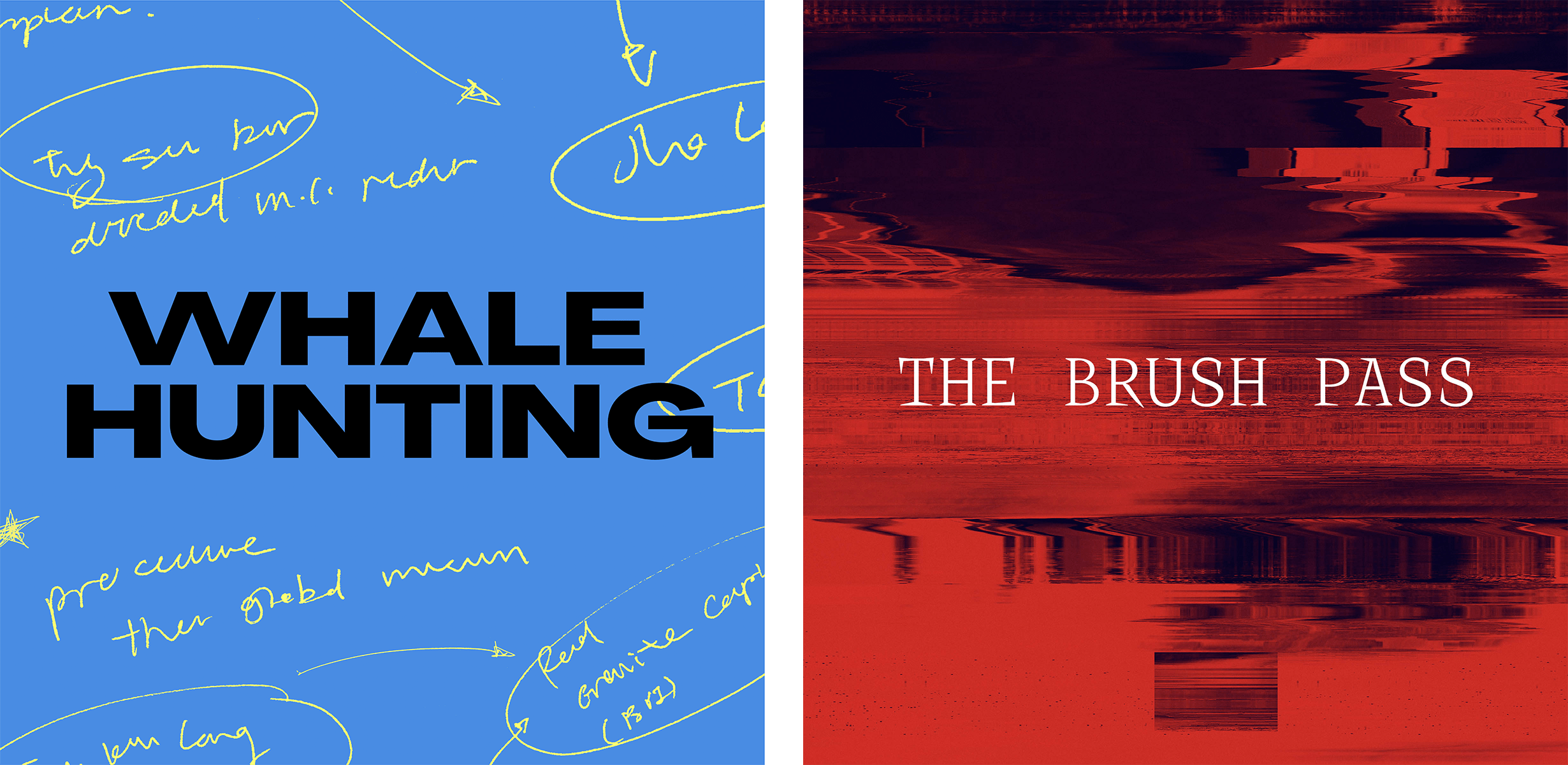
How to Sneak Metric Tons of Cocaine Into Europe: The Art of “Transshipments”
A Freelancing Montenegrin Ex-Boxer and Smuggling on the High Seas
After US authorities discovered nearly 20 metric tons of cocaine aboard several ships in the port of Philadelphia, prosecutors made an astounding assertion. All this cocaine, the largest amount seized in US history, had actually been destined for Rotterdam, Europe’s busiest port, some 3,000 miles away, where it would feed what has become the world’s largest single market for cocaine, the European Union.
The investigation found that a Montenegrin ex-boxer turned freelance cocaine logistics expert named Goran Gogic had deeply corrupted workers at the world’s largest shipping conglomerate, MSC, enabling a Serbian cartel to sneak dozens of tons of cocaine into Europe in shipping containers on MSC’s ships.
Each day, customs authorities face a flood of containers arriving into major northern European ports like Antwerp, Rotterdam and Hamburg. They can only check so many of them. Customs officials understandably focus their coke-busting efforts on checking containers arriving directly from South America, where the world’s cocaine is produced.
With this weakness in mind, cartels use a critical smuggling method known in the cocaine business as “transhipment.” On the surface, transhipping is pretty simple. While shipping containers loaded full of fresh goods like fish and fruit originating from major cocaine producers in South America get flagged for inspection in Europe, containers arriving from the US get far less attention. Containers arriving from other EU countries get none at all. The challenge for the cartels is to figure out a way to sneak cocaine into the less scrutinized containers arriving from these seemingly “safer” countries.
This is where the freelancing Montenegrin ex-boxer Gogic comes in. According to charging documents and European law enforcement sources, getting mass amounts of cocaine onto ships arriving at European ports from places like Philadelphia was Gogic’s speciality.

Bloomberg reporters spent a year reporting in this excellent article on how Gogic and his cartel colleagues infiltrated ships across MSC. Using speed boats and corrupted crew members, they loaded unseemly amounts of cocaine onto ships headed for Europe, while the boats were still moving at sea.
US and EU authorities closely monitor ships that appear to slow down for no apparent reason. In fact, it’s often cause enough to trigger a search. But charging documents and the Bloomberg reporting shows how Gogic’s team used a series of speed boats, cranes, and incredibly brave, if corrupted, crew members to move tons of cocaine from ship to ship at high speed without the suspicious slow down that might have caught the Coast Guard’s attention.
This MSC scandal, according to Bloomberg, has roped in dozens of suspects and led to at least eight convictions of employees and crew members at MSC, which itself is under investigation by prosecutors reluctant to believe such an audacious operation could have been pulled off without high-ranking help within the company’s management.
For Gogic, his brazen plan to transship South American cocaine through the United States, while vastly improving his chances of successfully entering Europe ports, ended up running smack into the massive resources of the US drug enforcement. The DEA busted Gogic late last year in Miami.
It’s just one of the ways the cartels have adapted to the global economy that we track at Gateway, where we are telling the story of how cartels took over Europe’s northern ports and changed the world.
Tips? Thoughts? Please get in touch with me here: thegatewayxxx@protonmail.me (DM me for my Signal number).


